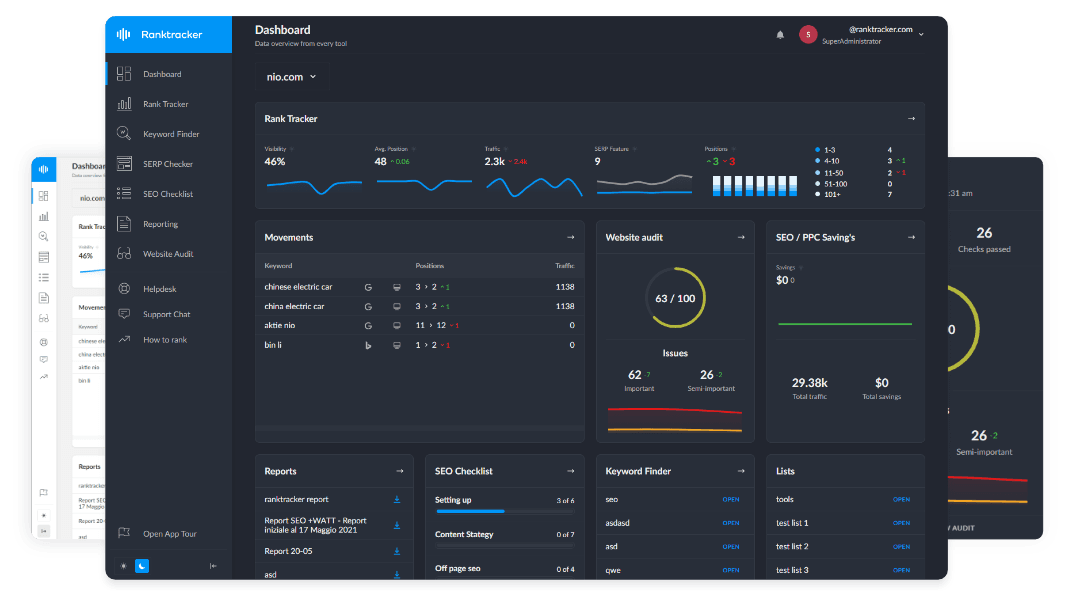Intro
Semantic SEO focuses on the meaning and context behind search queries rather than just keywords. It helps search engines understand content better, leading to improved relevance, visibility, and user experience.
Why Semantic SEO Matters:
- Improves alignment with user intent.
- Enhances content relevance and authority.
- Boosts rankings and organic traffic.
Top Semantic SEO Tips
1. Optimize for Search Intent
- Identify and match content with informational, navigational, transactional, and commercial queries.
- Example: Create detailed guides for informational queries and optimized product pages for transactional queries.
2. Leverage Semantic Keywords
- Use related terms, synonyms, and entities naturally throughout your content.
- Tools: Google’s Related Searches, Ranktracker Keyword Finder, Ahrefs Keyword Explorer.
3. Implement Structured Data Markup
- Use Schema.org to clarify context and improve rich snippets.
- Example:
{
"@context": "https://schema.org",
"@type": "Article",
"headline": "How to Optimize for Semantic SEO",
"author": "SEO Expert"
}
4. Create Topic Clusters & Pillar Pages
- Organize content around central topics with interlinked supporting articles.
- Example: Main pillar – "SEO Strategy Guide"; Cluster articles – "Semantic SEO Tips", "Technical SEO", "Link Building Strategies".
5. Enhance Internal Linking
- Link contextually related content to build topical relevance and authority.
- Example:
<a href="/semantic-seo-guide/">Read our Semantic SEO guide</a>
6. Write for Humans, Not Just Algorithms
- Prioritize readability, depth, and user experience.
- Avoid keyword stuffing; instead, write natural, informative content.
7. Focus on Entity Optimization
- Clearly define entities (people, places, things, concepts) to enhance context.
- Example: Mention specific brand names, locations, products clearly and accurately.
8. Use Natural Language Processing (NLP)
- Incorporate conversational phrases and question-based content.
- Example: “How can I improve my website’s semantic SEO?”
Common Semantic SEO Mistakes to Avoid
❌ Ignoring User Intent
- Always align your content closely with the intent behind the user's search.
❌ Over-optimizing with Keywords
- Use keywords naturally and contextually.
Tools to Enhance Semantic SEO
- Ranktracker Keyword Finder – Discover relevant semantic keywords.
- Google Search Console – Track content relevance and query alignment.
- SEMRush & Ahrefs – Semantic keyword research and topic insights.
Conclusion: Maximizing SEO with Semantic Strategies
Applying semantic SEO techniques improves content relevance, user experience, and search visibility. By focusing on intent, entity optimization, and structured data, you can significantly boost your rankings and drive meaningful traffic.

